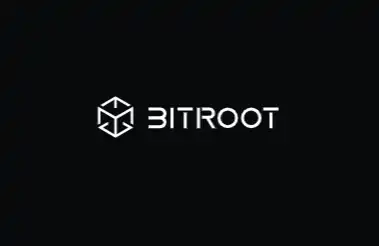Pump.fun 2.0 and Moonshot Create square off in UX-driven Solana meme arms race
 2025/06/26 16:00
2025/06/26 16:00One platform wants degens trading faster than ever; the other is courting normies with Apple Pay simplicity. The memecoin industrial complex is evolving and the stakes have never been higher.
On June 27, Solana-based memecoin powerhouse Pump.fun unveiled its long-awaited 2.0 upgrade, packing a suite of hyper-optimized trading tools aimed at meme traders who live and die by speed.
The update introduced a real-time “Movers Feed,” one-tap “Ape” execution, and a trending news dashboard, all designed to shave precious seconds off memecoin flips. But barely an hour later, rival Moonshot fired back with Moonshot Create, a no-code memecoin launcher that lets users spin up tokens with Apple Pay in three taps.
Pump.fun 2.0’s arrival came barely an hour before Moonshot’s countermove, setting the stage for a clash of philosophies in Solana’s multibillion-dollar memecoin economy. Where Pump.fun leans into trader velocity with razor-sharp execution, Moonshot bets on frictionless creation, turning meme uploads into tradable assets before users even grasp the tech behind bonding curves.
The battle for memecoin dominance: speed vs. simplicity
Pump.fun’s 2.0 upgrade appears more like a survival tactic than just a facelift. The platform, which saw $11.2 billion in trading volume in April 2025 alone, is doubling down on its core audience: degens who treat memecoin trading like a high-frequency sport.
The new “Movers Feed” and tap-to-ape features are direct responses to the breakneck pace of Solana’s meme markets, where lagging by seconds can mean missing a 10x. But speed isn’t the only battleground.
Pump.fun’s May rollout of a 50% fee-sharing model was a strategic play to keep creators invested long-term. Before this, token developers relied on dumping their holdings, leading to the platform’s infamous rug pull reputation. Now, with 0.05% of every trade flowing back to creators, the incentive structure shifts from quick cashouts to sustained engagement.
Moonshot, meanwhile, is playing a different game. The platform’s Apple Pay integration and three-tap token creation provide gateway for normies who’d never touch a DEX.
Moonshot’s explosive growth, from 4,000 daily users in 2024 to 20 million by 2025, proves there’s demand for memecoins without the friction of crypto-native tools. And with Jupiter’s acquisition backing it, Moonshot’s liquidity and visibility have become formidable weapons.
Security also plays into Moonshot’s value proposition. While Pump.fun’s transparency push, including integrating Bubblemaps to expose whale holdings, hasn’t fully shaken its reputation for vulnerabilities, Moonshot touts audited contracts.
However, critics note the lack of public proof and both platforms face the same existential risk: the easier memecoins are to launch, the harder they are to police.
Meanwhile, Pump.fun’s path to DEX listing (at $60K market cap) is simpler than Moonshot’s 500 SOL ($73K) threshold, but Moonshot’s token burns add deflationary pressure, at least in theory.
Neither model has fully solved the “pump-and-dump” cycle, but both are betting that financial incentives can outpace chaos.
Disclaimer: The content of this article solely reflects the author's opinion and does not represent the platform in any capacity. This article is not intended to serve as a reference for making investment decisions.
You may also like
In-depth Analysis of Bitroot Parallelized EVM Technology: High-Performance Blockchain Architecture Design and Implementation
Bitroot's success lies not only in technological innovation, but also in transforming these innovations into practical engineering solutions.

Zeno's Digital Twin Ideal and the Technological Popularization of DeSci
Carbon-based intelligence and silicon-based intelligence coexist under the same roof.

Banmu Xia's forecast for the next two years: Bitcoin enters the early stage of a bear market, while the upward cycle of U.S. stocks is far from over.
The real massive liquidity injection may not happen until May next year, after Trump gains control of the Federal Reserve, similar to what happened in March 2020.

"The biggest victim of the DeFi collapse" suffers losses of over 100 million USD, with funds still inaccessible
Can we still trust DeFi?
